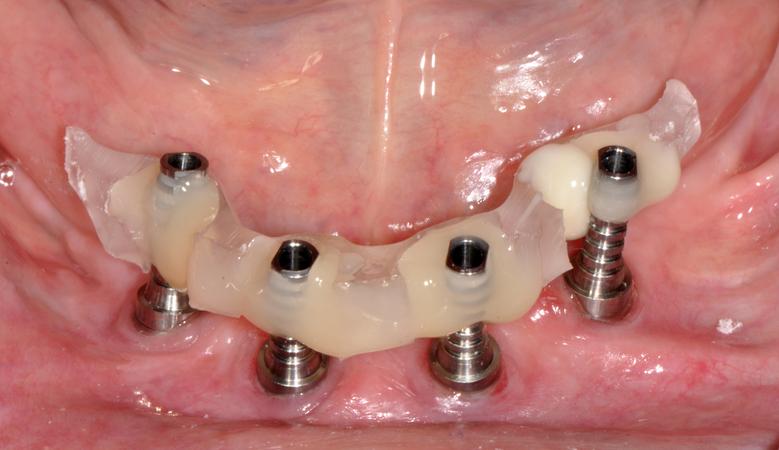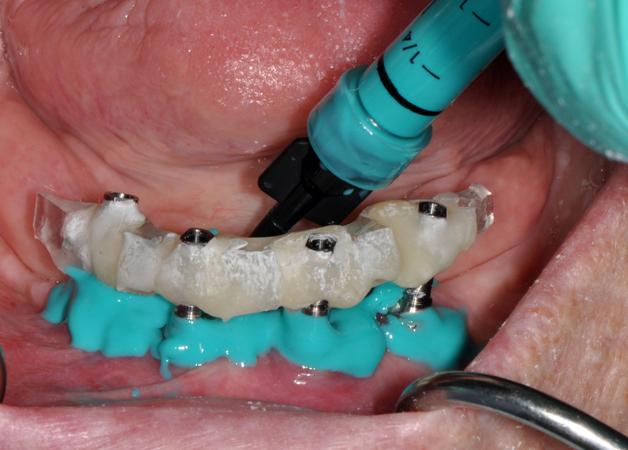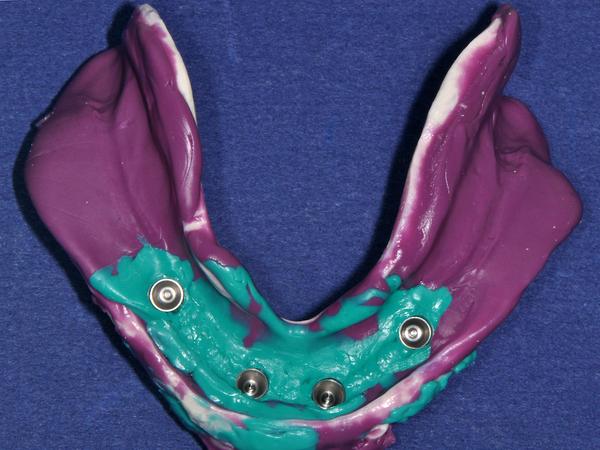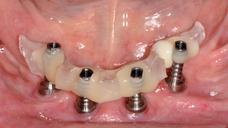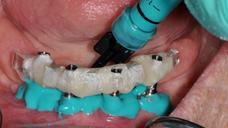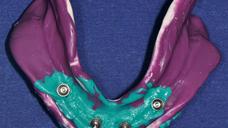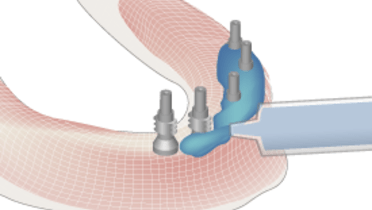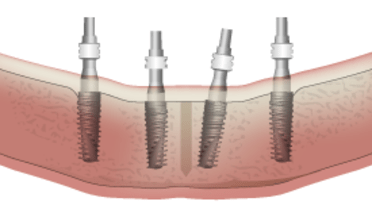-
0
Patient Assessment
- 0.1 Patient demand
- 0.2 Overarching considerations
- 0.3 Local history
- 0.4 Anatomical location
- 0.5 General patient history
-
0.6
Risk assessment & special high risk categories
- 5.1 Risk assessment & special high risk categories
- 5.2 age
- 5.3 Compliance
- 5.4 Smoking
- 5.5 Drug abuse
- 5.6 Recreational drugs and alcohol abuse
- 5.7 Parafunctions
- 5.8 Diabetes
- 5.9 Osteoporosis
- 5.10 Coagulation disorders and anticoagulant therapy
- 5.11 Steroids
- 5.12 Bisphosphonates
- 5.13 BRONJ / ARONJ
- 5.14 Radiotherapy
- 5.15 Risk factors
-
1
Diagnostics
-
1.1
Clinical Assessment
- 0.1 Lip line
- 0.2 Mouth opening
- 0.3 Vertical dimension
- 0.4 Maxillo-mandibular relationship
- 0.5 TMD
- 0.6 Existing prosthesis
- 0.7 Muco-gingival junction
- 0.8 Hyposalivation and Xerostomia
- 1.2 Clinical findings
-
1.3
Clinical diagnostic assessments
- 2.1 Microbiology
- 2.2 Salivary output
-
1.4
Diagnostic imaging
- 3.1 Imaging overview
- 3.2 Intraoral radiographs
- 3.3 Panoramic
- 3.4 CBCT
- 3.5 CT
- 1.5 Diagnostic prosthodontic guides
-
1.1
Clinical Assessment
-
2
Treatment Options
- 2.1 Mucosally-supported
-
2.2
Implant-retained/supported, general
- 1.1 Prosthodontic options overview
- 1.2 Number of implants maxilla and mandible
- 1.3 Time to function
- 1.4 Submerged or non-submerged
- 1.5 Soft tissue management
- 1.6 Hard tissue management, mandible
- 1.7 Hard tissue management, maxilla
- 1.8 Need for grafting
- 1.9 Healed vs fresh extraction socket
- 1.10 Digital treatment planning protocols
- 2.3 Implant prosthetics - removable
-
2.4
Implant prosthetics - fixed
- 2.5 Comprehensive treatment concepts
-
3
Treatment Procedures
-
3.1
Surgical
-
3.2
Removable prosthetics
-
3.3
Fixed prosthetics
-
3.1
Surgical
- 4 Aftercare
夹板固定与非夹板固定印模帽
Key points
- 使用夹板固定还是非夹板固定印模帽取决于个人偏好
- 通常,虽然体外实验显示,使用夹板固定印模帽能够获得更精确的模型,但是提高的精确度似乎没有临床意义
- 有些临床医师使用夹板固定印模帽,因此可以使用连接的印模帽作为验证夹具
夹板材料选择和精确度注意事项
在体外研究实验中,已对夹板固定和非夹板固定印模技术做了比较。实验结果显示,相比于用来制作印模的参考模型,夹板固定印模技术通常能够获得更精确的主模型。 实验还对各种夹板固定技术做了评估,包括使用自聚合树脂、印模石膏和金属夹板,总体结论是,这三种技术都可以提高主模型的精确度。 但是,如果使用自聚合树脂,应当通过切割和重新使用树脂来确保最后一次聚合的体积尽可能小,从而尽量减少聚合萎缩。
临床效果和临床医师偏好
显然,最重要的问题在于临床效果是否有所改善,且到目前为止,尚无有力的证据证明,使用非夹板固定技术制作的印模会导致修复体受损和长期临床效果变差。 因此,决定使用夹板固定还是非夹板固定印模帽基本上取决于临床医师的个人偏好,因为当采用夹板固定技术时,需要使用更多的材料和诊疗时间。 此外,有些临床医师使用夹板固定印模帽作为验证夹具,对于使用这种技术具有重要临床优势,同时也能获得更高的主模型精确度。 下面将简要介绍临床技术和相关注意事项。
当使用开放式托盘印模帽时,临床医师可以选择夹板固定,也可以选择不用夹板固定开放式托盘印模帽。有些临床医师使用夹板固定的主要目的是,当连接了基台替代体时,提高连接的印模帽的稳定性。
